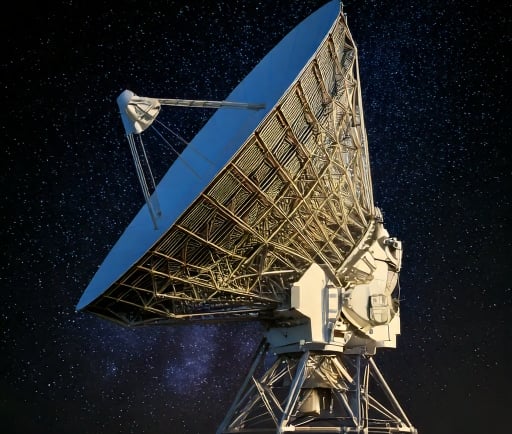The James Webb Telescope's Role in Detecting Exoplanets and Space Debris


The Marvels of the James Webb Telescope
The James Webb Space Telescope (JWST) marks a significant milestone in the field of astronomy. Scheduled to observe the universe with unprecedented clarity, it is specifically designed to seek out exoplanets as well as uncover the mysteries of outer space debris. Utilizing advanced technology, the JWST offers a unique perspective on astronomical phenomena, taking us closer to understanding our universe.
Detecting Exoplanets: A Leap Forward in Astronomy
One of the primary objectives of the James Webb Telescope is to detect exoplanets—planets that orbit stars outside our solar system. The telescope employs a technique called transit photometry, where it measures the light that dips when a planet passes in front of its host star. This allows astronomers to not only identify the presence of exoplanets but also analyze their atmospheres, assessing their potential habitability. By examining the compositions of these distant worlds, the JWST plays a crucial role in our quest to find life beyond Earth.
Understanding Outer Space Debris
In addition to its exoplanetary mission, the JWST also contributes to our understanding of outer space debris. The accumulation of debris poses risks to spacecraft and satellite operations in our increasingly populated orbital paths. By monitoring these fragments, scientists can mitigate the risks associated with space debris, enhancing the safety of future missions and ongoing space activities. Moreover, the telescopic data may provide insights into the sources and trajectories of debris, allowing for more effective management of our orbital environments.
The findings from the James Webb Telescope are anticipated to advance our knowledge not just about individual celestial bodies but also about the broader interactions within our galaxy. With its powerful instruments and capabilities, the JWST is set to propel human understanding of deep space to new heights. As it begins to capture data, we stand at the brink of extraordinary discoveries that may reshape our conception of the universe.
In summary, the James Webb Telescope stands as a beacon of hope and discovery, dedicated to unveiling the secrets of exoplanets and understanding the essential challenge of space debris. The results from its observations are expected to inspire both scientific communities and the public alike, encouraging a collective interest in the vast, unexplored frontiers of outer space.
